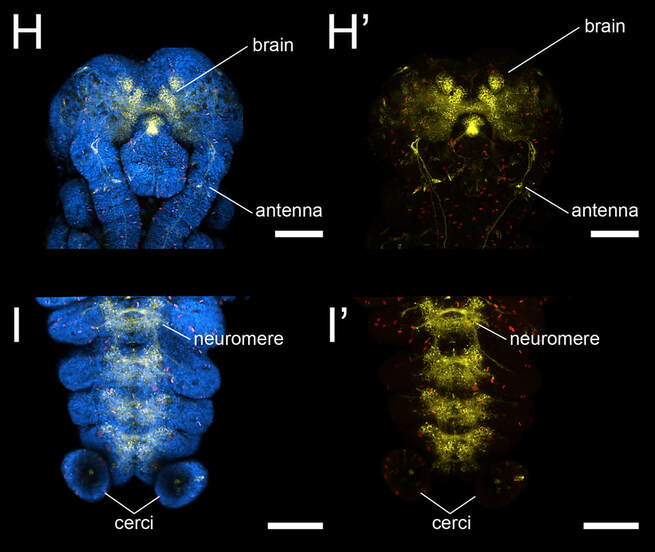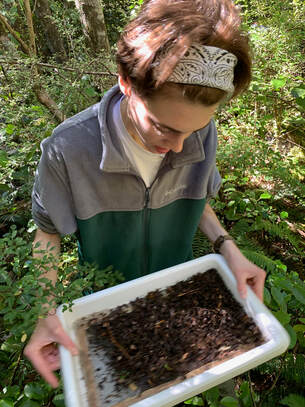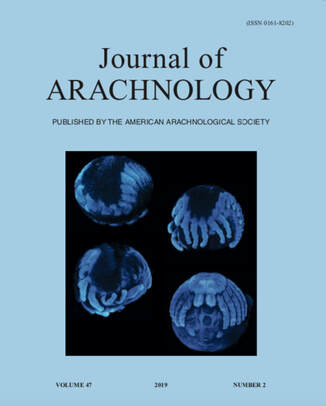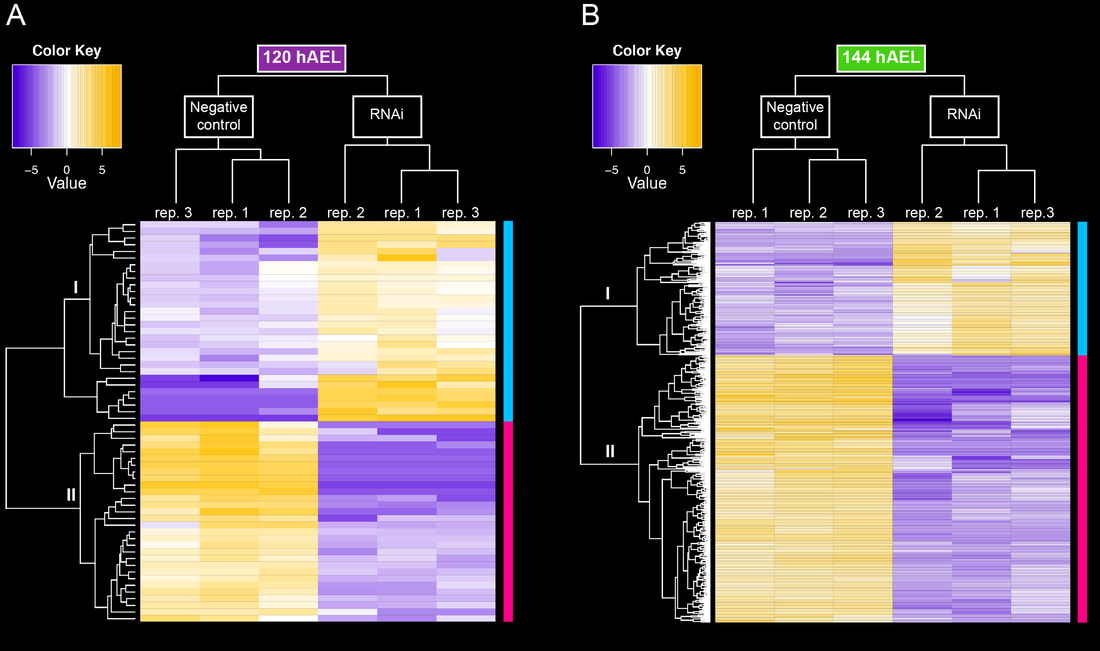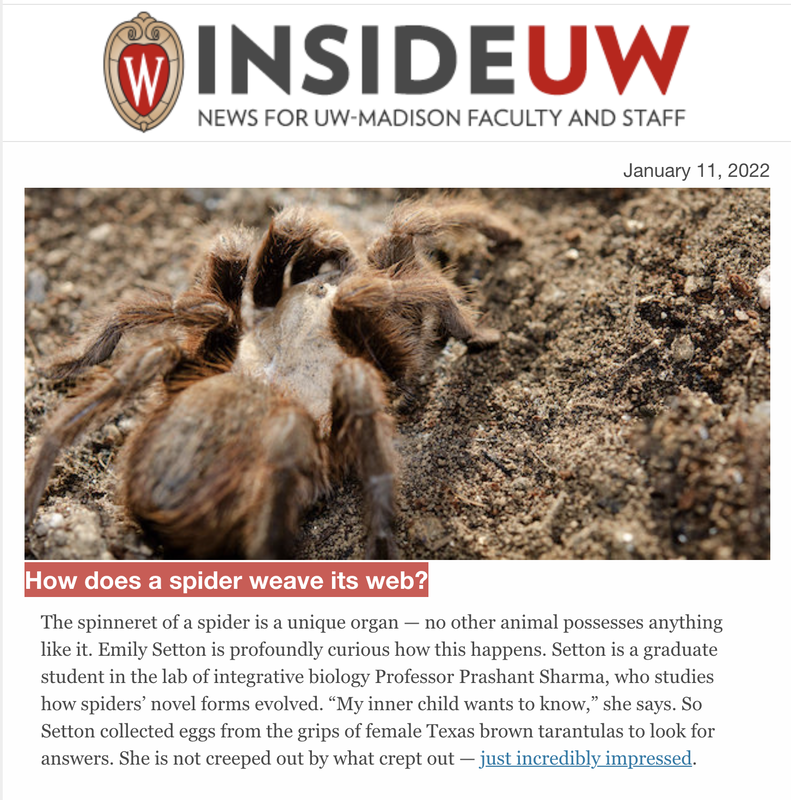Emily V.W. Setton
NSF Graduate Research Fellow
Email: setton at wisc dot edu
NSF Graduate Research Fellow
Email: setton at wisc dot edu
|
Curriculum vitae (February 2023)
How do arachnids form different body parts during development? Two ontogenetic processes that I focus on are antero-posterior segmentation and appendage development in spiders. I use a combination of bioinformatic tools, sequencing approaches, and gene silencing experiments to investigate how conserved transcription factors establish regional identity, with the mainstay of my work in the model system Parasteatoda tepidariorum. Google Scholar ResearchGate OrCID |
|
Research snapshots:
|


